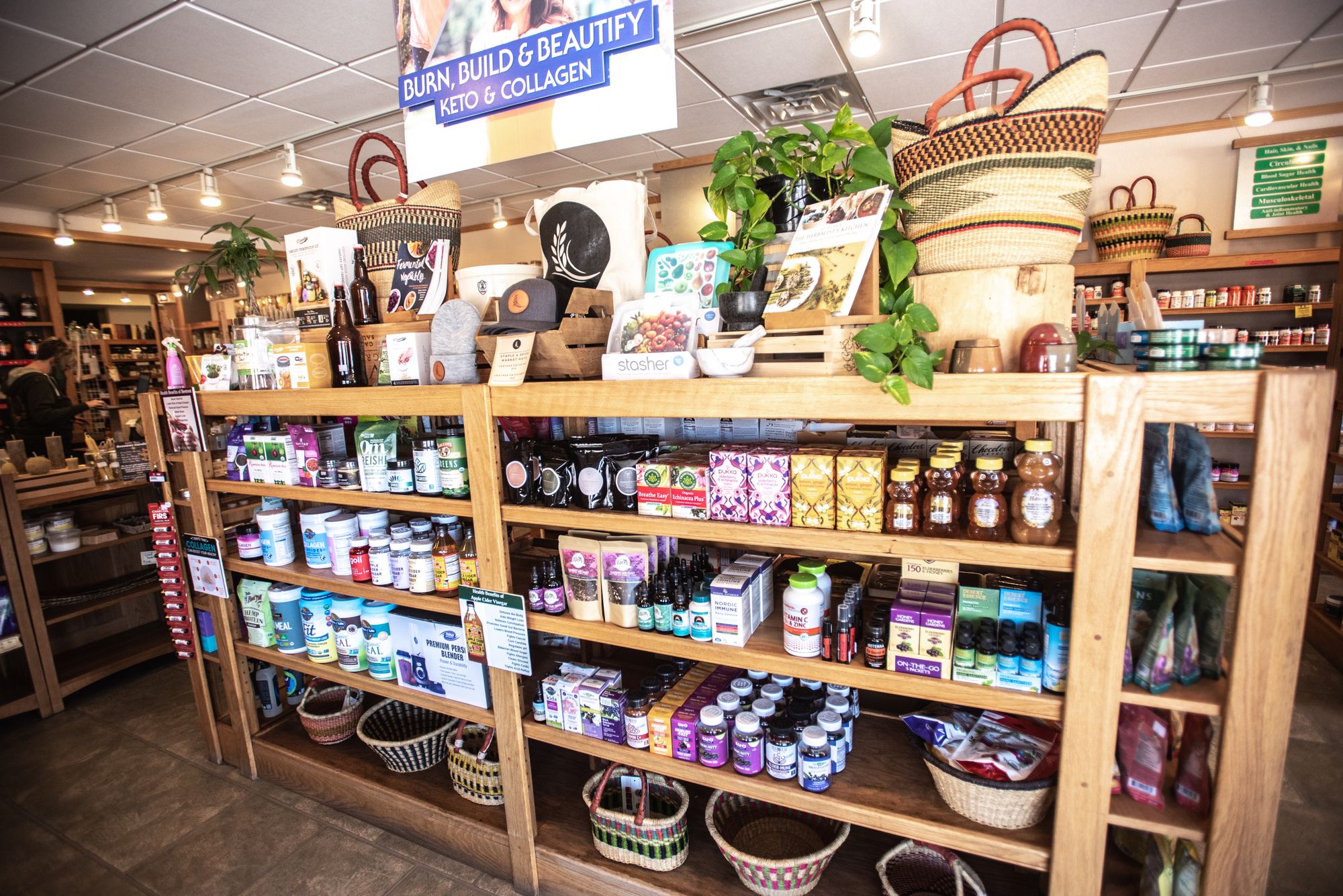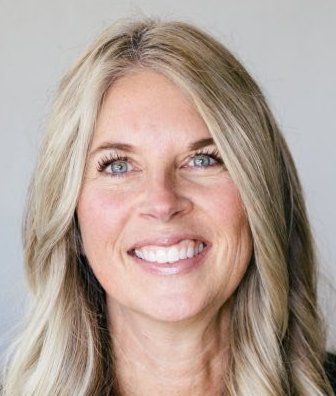South Dakota businesses are feeling the costly effects of the lingering global supply chain issues brought on by the COVID-19 pandemic, but many business operators are finding creative ways to keep shelves stocked, to reduce the impact on customers and to continue making a profit.
Throughout 2021, a trying year on many economic fronts, virtually all industries have been affected at some level by either product shortages, raw material shortages, shipping delays and other ripple effects up and down the supply chain.
The shortage of goods and workers to handle them have created a “perfect storm” of challenges that are hitting small businesses that make up the bulk of the South Dakota economy especially hard, said Tom Martin, instructor at the Beacom School of Business at the University of South Dakota.
Some of the snags are caused by backlogs at the major shipping ports. Others stem from factory closures amid the coronavirus pandemic, and still more come from the shortage of available workforce. Workers are in short supply across the economic spectrum, including truck drivers to deliver necessary products, employees who make products, and at the retail level where shelves must be stocked, customers checked out at registers and food made and served to restaurant diners.

The challenges retailers face are also compounded by rising commodity and fuel prices and competition from large online retailers like Amazon, which are more able to work around supply chain issues.
As 2021 comes to a close, it is unclear if any relief is on the horizon, but in the meantime, South Dakota retailers are asking shoppers for patience.
“If you like shopping local, if you like supporting local businesses, be patient,” Martin said. “Do what you can because it’s not [the businesses’] fault. It isn’t anything they caused.”
There’s a complex web of factors behind the global supply chain issues, but in large part, it stems from the initial ebb in production when the pandemic first hit.
Another layer of complexity for small, local retailers is the trend leading up to the pandemic of running a lean business, meaning minimal inventory on-hand with the knowledge that more is usually only a day or two away, Martin said.
That changed when the pandemic hit and businesses switched to the philosophy of ordering more to ensure there was inventory in place as the world rapidly changed. That meant a bunch of orders were going in at once by a variety of industries.
“You can’t put the volume of a fire hose of water through a garden hose,” Martin said.

On top of the initial challenge of more demand than supply, smaller retailers are also uniquely challenged when it comes to getting inventory through overcrowded ports.
“A bigger retailer might even be able to hire their own shipping container,” Martin said. “The smaller retailer is at the mercy of whoever decides to bring that ship into the dock.”
While some impacts of the supply chain slowdown are obvious — empty shelves and long wait times at retailers and restaurants for example — customers walking into Dady Drug in Mobridge, S.D., probably wouldn’t know the challenges owner Mark Dady faces in filling shelves.
A number of vendors he works with closed for a period of time earlier in the pandemic, and that alone created supply shortages.
Meanwhile, some items just can’t be found. Halls cough drops, for example, won’t be shipped from the manufacturer until February, Dady said. But for the most part, he’s been able to find alternate options.
“It just takes a little more searching,” Dady said.
DeAnn Echols, who owns the Great Outdoor Store in Sioux Falls, said she has been able to stock most of her store, but added that there are some items that just cannot be found right now.
“If somebody wanted a tent today, we’d be hard pressed to find them one,” Echols said.
Tents, sleeping bags, hiking shoes and other so-called “hard goods” are harder to find right now than “soft goods” like coats and other clothing, she added, and even then there are some delays in shipping. Winter coats, for example, came in later in the season than usual.
The store is stocked now, Echols said, but she doesn’t know what she’ll be able to restock. She’s been advising customers that if they like something, they should buy it now and not wait.
“If I were to sell through a certain jacket or fleece or something, I can’t necessarily order more,” she said.
The supply chain issues have also pushed some retailers to get creative in finding solutions to serve their customers.

At Staple & Spice, a health food store in Rapid City, co-owner Tammy Yanders said she has had to look at different, often smaller, suppliers to help source vitamins. She’s also had to work with customers to figure out what’s in the certain supplements or vitamins they’ve been taking and see if she can find them an alternative.
Yanders has also found ways to work around shortages in one type of product by reimagining how that product is offered.
Wild rice, for example, was hard to get in individual packages from certain vendors she typically worked with, but she was able to buy it in bulk. She and her husband, also a co-owner of the store, then packaged the rice in individual portions and sold it under their own label.

“We’re trying to be creative in the sense of, if we can’t find it in one way, we’re trying to find another source or another company,” Yanders said.
Developing new product strategies is common among South Dakota retailers. They might not be able to get you exactly what you want when you want it, but in many cases they can find a suitable alternative.
And many are optimistic that the supply chain visibility, or how they know which products are going to be available and when, will improve in the new year.
“I think it’s going to shake out here,” Echols said. “There still might be some issues for spring, but I’m hoping by fall of 2022 that we’ve caught up. I do think there’s a light at the end of the tunnel. It’s just one more thing we’re trying to navigate through our pandemic situation.”
For Yanders, it’s also a matter of recognizing what she can control in her business and letting go of what she cannot.
“We just kind of have to keep moving forward and not keep looking at what we can’t have,” she said, “but instead what we do have.”



